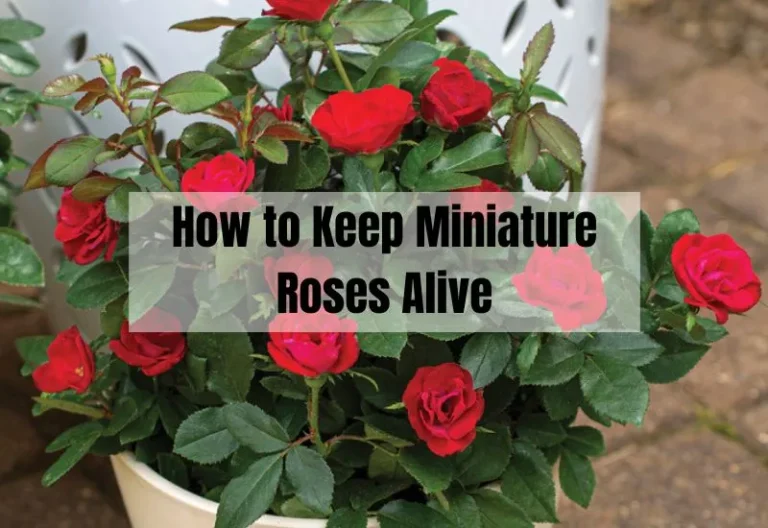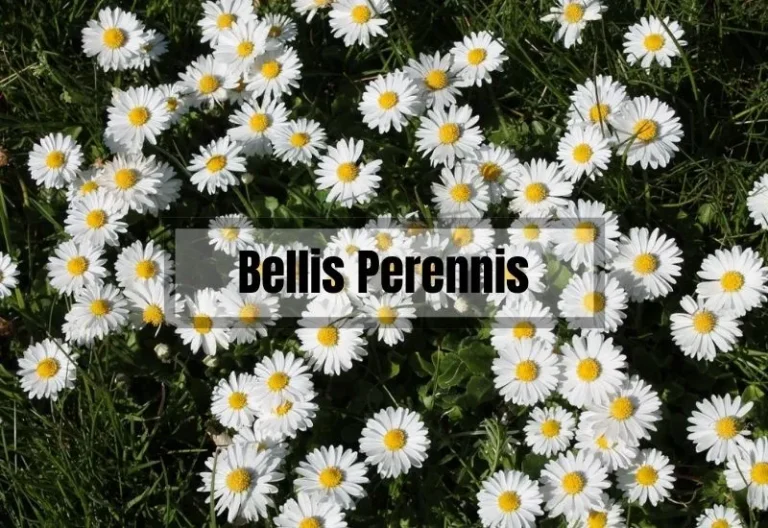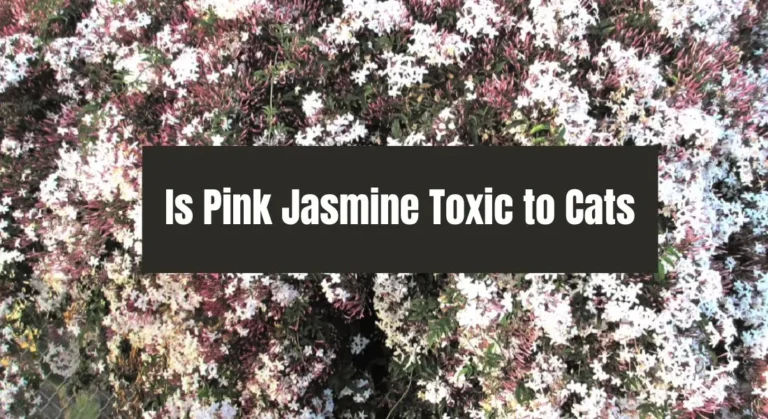Can You Plant Jasmine and Lavender Together? Tips for Co-Planting
Do you love the sweet scent of jasmine and the calming aroma of lavender? If so, you may be wondering if you can plant these two beautiful plants together. The answer is yes, but there are a few things you need to keep in mind to ensure that both plants thrive.
One of the most important things to consider when planting jasmine and lavender together is the location. Both plants need at least six hours of direct sunlight each day to bloom and stay healthy.
Therefore, it’s crucial to choose a spot that receives full sun. Additionally, it’s important to make sure that the soil is well-drained, as both plants do not like to sit in wet soil.
Key Takeaways
- Jasmine and lavender can be planted together, but they need full sun and well-drained soil.
- Jasmine and lavender complement each other well and can create a fragrant garden.
- To ensure the success of both plants, monitor the moisture levels and make sure that jasmine doesn’t hog all the water.
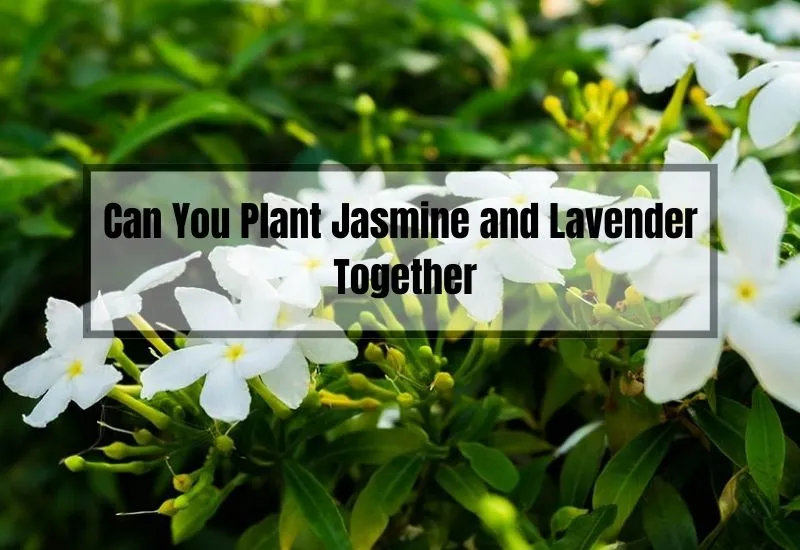
Can You Plant Jasmine and Lavender Together?
So, you’re wondering Can You Plant Jasmine and Lavender Together? The answer is yes, you can! These two plants complement each other quite nicely and can create a beautiful and fragrant garden.
When planting jasmine and lavender together, it’s essential to choose a location that receives full sun. Both plants prefer sunny conditions and will not do well in shady areas. Make sure the location gets at least six hours of direct sunlight each day to promote healthy growth and blooming.
In terms of soil, both jasmine and lavender prefer well-draining soil. You may need to add additional fertilizer to ensure the soil is rich in nutrients. Keep in mind that jasmine can be a bit of a water hog, so it’s crucial to monitor moisture levels to keep both plants healthy.
If you’re looking for companion plants for your jasmine and lavender, there are a few options to consider. Beans are a great choice as they produce nitrogen that corn requires to thrive. At the same time, the beans use the corn stalk as stakes, and their leaves encircling the corn stalk confuse the corn earworm moth. Squash is another excellent choice as it grows low to the ground, keeping down weeds.
So, go ahead and plant jasmine and lavender together to create a beautiful and fragrant garden. With a little bit of care and attention, these two plants can thrive together and bring joy to your outdoor space.
Companion Plants for Lavender
Flowers that Complement Lavender
Lavender is quite the social butterfly and loves mingling with other plants. Here are some flowers that will not only look great next to your lavender but also bring some extra perks to the garden party:
- Roses: The classic and elegant rose is a perfect partner for lavender. Their contrasting colors and textures make for a stunning visual, and lavender can help repel pests that prey on roses.
- Echinacea: Also known as coneflowers, these beauties will add a pop of color to your garden and attract pollinators.
- Yarrow: This drought-tolerant flower is a great match for lavender’s low-water needs, and it brings pollinators buzzing to your garden.
Herbs that Complement Lavender
Not just a pretty face, lavender also plays well with herbs! Here are some herbs that make great companions:
- Thyme: This sun-loving, drought-tolerant herb is a natural fit for lavender. Bonus: it’s a culinary delight too!
- Sage: Another drought-resistant herb, sage shares similar growing requirements with lavender, and their contrasting foliage creates a striking visual.
- Rosemary: With their shared love for sunshine and well-draining soil, rosemary and lavender are like two peas in a pod. Plus, their combined fragrance is divine.
Companion Plants for Jasmine
Flowers that Complement Jasmine
Jasmine, the fragrant showstopper, also has some best buds in the garden. Here are some flowers that make great companions for jasmine:
- Clematis: These climbing flowers share similar growing requirements and add a burst of color when intermingled with jasmine.
- Honeysuckle: Another fragrant vine, honeysuckle pairs well with jasmine, creating a sweetly scented haven in your garden.
- Passionflower: With their fascinating, intricate blooms, passionflowers add an exotic flair and look stunning intertwined with jasmine vines.
Herbs that Complement Jasmine
Jasmine doesn’t discriminate – it also enjoys the company of herbs. Check out these fabulous herb friends:
- Lemon balm: This citrus-scented herb thrives in similar growing conditions as jasmine and adds a refreshing aroma to the garden mix.
- Mint: Mint can be a bit of a garden diva, spreading its roots far and wide. However, planting it near jasmine creates a delightful, invigorating scent combination that’s hard to resist.
- Basil: This versatile, sun-loving herb pairs well with jasmine and contributes to a lovely, fragrant garden atmosphere.
Benefits of Planting Jasmine and Lavender Together
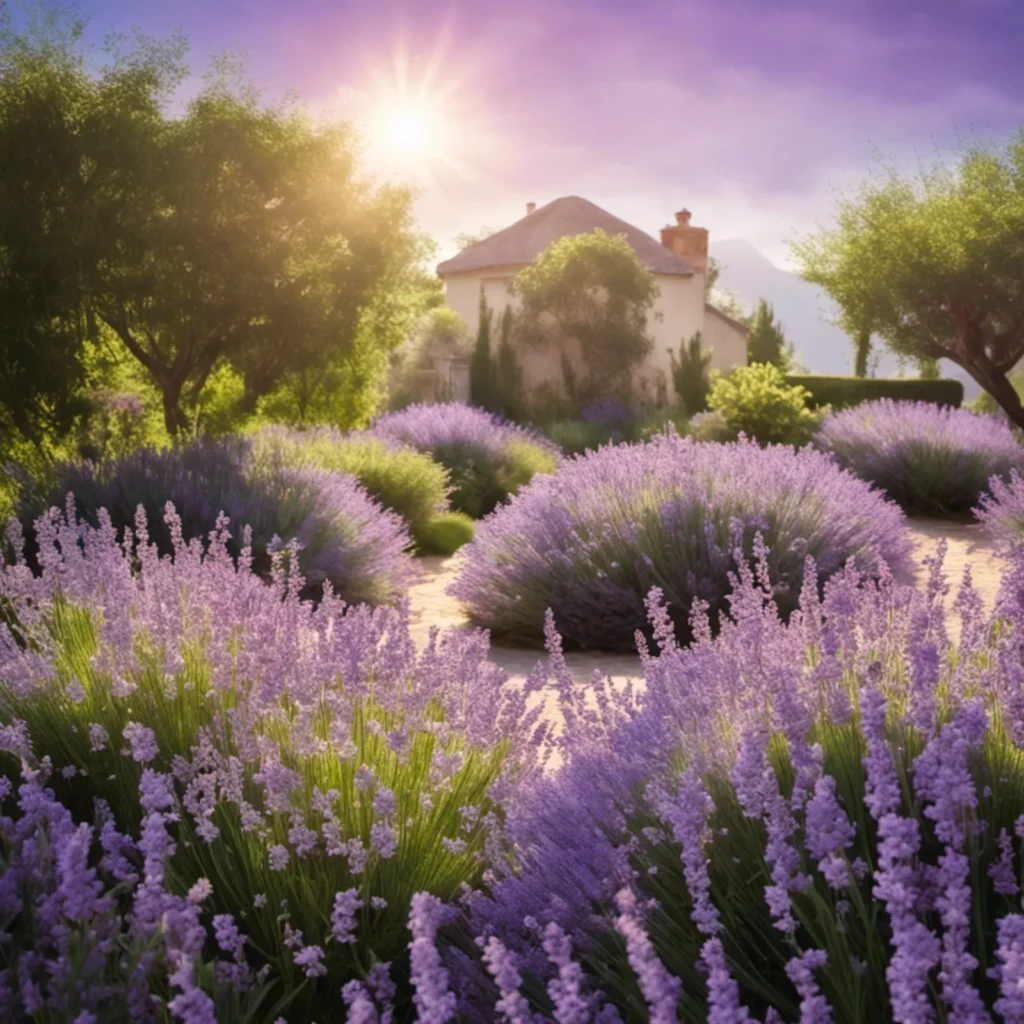
If you’re looking to add some beauty and fragrance to your garden, planting jasmine and lavender together might just be the perfect combination.
Not only do these two plants complement each other aesthetically, but they also have similar growth requirements, making them ideal companions.
Aesthetic Appeal
When planted together, jasmine and lavender create a beautiful and harmonious contrast that can enhance the overall aesthetic appeal of your garden. The delicate white flowers of jasmine provide a stunning backdrop for the vibrant purple blooms of lavender.
Additionally, the sweet fragrance of jasmine and the soothing aroma of lavender can create a relaxing and inviting atmosphere in your outdoor space.
Complementary Growth Patterns
Jasmine and lavender also have complementary growth patterns, which means they can thrive together without competing for resources. Both plants prefer well-draining soil and full sun, and they require moderate watering.
However, jasmine is a bit more water-hungry than lavender, so it’s important to monitor the moisture levels to ensure that both plants receive the appropriate amount of water.
Here are some additional benefits of planting jasmine and lavender together:
- Both plants attract pollinators like bees and butterflies, which can help increase the overall biodiversity of your garden.
- Lavender is known for its natural pest-repelling properties, which can help protect your jasmine plants from common garden pests.
- Jasmine and lavender are both low-maintenance plants, which means they’re perfect for beginner gardeners or anyone who wants to add some beauty to their outdoor space without spending a lot of time and effort.
Potential Challenges of Planting Jasmine and Lavender Together
When it comes to planting jasmine and lavender together, there are a few potential challenges to consider. While these two plants can thrive together, there are some key differences between them that can cause problems if not managed correctly.
Space Requirements
One of the main challenges of planting jasmine and lavender together is their different space requirements. Jasmine is a climbing plant that can quickly take over a trellis or fence, while lavender is a bushy plant that needs plenty of room to spread out. If you’re planting these two together, it’s important to make sure that you have enough space for both plants to grow without crowding each other out.
To avoid overcrowding, consider planting your jasmine and lavender in separate areas of your garden. If you do want to plant them together, make sure to give each plant enough space to grow. You can do this by planting them a few feet apart or by using a trellis to keep the jasmine from spreading too far.
Different Watering Needs
Another challenge of planting jasmine and lavender together is their different watering needs. Jasmine needs a lot of water to thrive, while lavender prefers dry soil and can quickly become waterlogged if overwatered. To keep both plants healthy, it’s important to strike the right balance and monitor the moisture levels.
One way to do this is to plant your jasmine and lavender in separate areas of your garden, where you can water them individually.
If you do want to plant them together, make sure to water them carefully and keep an eye on the moisture levels. You may also want to consider using a well-draining soil mix that will allow excess water to drain away quickly.
How to Successfully Plant Jasmine and Lavender Together
If you’re looking to add some fragrance to your garden, planting jasmine and lavender together can be a great option.
Both plants are known for their soothing scents and beautiful blooms, and they can complement each other well. Here are some tips on how to successfully plant jasmine and lavender together.
Choosing the Right Location
When selecting a location for your jasmine and lavender plants, it’s important to consider their sunlight and soil requirements.
Both plants thrive in full sun and well-draining soil, so choose a spot that gets at least six hours of direct sunlight per day. If your soil is heavy or clay-like, consider adding some sand or organic matter to improve drainage.
Preparing the Soil
Before planting your jasmine and lavender, prepare the soil by removing any weeds or debris. You can also add some compost or other organic matter to help improve the soil’s fertility.
If you’re planting in a container, make sure it has drainage holes to prevent water from pooling at the bottom.
Planting and Initial Care
When planting your jasmine and lavender, make sure to space them out properly to allow for adequate air circulation.
For best results, plant them in separate pots or containers to prevent root rot and ensure that each plant gets the nutrients it needs. Water your plants regularly and monitor the moisture levels to keep both plants happy and healthy.
Here are some additional tips for caring for your jasmine and lavender plants:
- Fertilize your jasmine every two weeks during the growing season, and your lavender every four weeks.
- Prune your plants regularly to encourage healthy growth and prevent them from becoming too leggy.
- Watch out for pests and diseases, and treat them promptly if necessary.
- Enjoy the beautiful blooms and soothing scents of your jasmine and lavender plants!
By following these tips, you can successfully plant jasmine and lavender together and enjoy their fragrant blooms in your garden.
Plants to Avoid Planting with Lavender and Jasmine
While our two garden darlings enjoy the company of many plants, there are a few they’d rather not be seen with. Here’s a short list of plants to avoid planting near lavender and jasmine:
- Ferns: These shade-loving plants have vastly different moisture and light requirements, making them incompatible with sun-seeking lavender and jasmine.
- Vegetables: It might seem like a fun idea to mix veggies with your flowers, but plants like tomatoes and peppers have different soil and watering needs, which can lead to unhappy garden inhabitants.
- Water-loving plants: Plants like irises and hostas may look lovely, but their high water requirements clash with the low-water preferences of both lavender and jasmine.
Frequently Asked Questions (FAQs)
What are the benefits of companion planting?
Companion planting can provide several benefits, such as improving soil health, increasing biodiversity, promoting pollination, and offering natural pest control.
How do I know which plants are compatible with each other?
Research and experimentation are key. Look for plants with similar sunlight, soil, and water requirements. It’s also helpful to consult gardening resources and learn from fellow gardeners.
Can companion planting help with pest control?
Absolutely! Some plants emit fragrances or chemicals that repel pests, while others attract beneficial insects that prey on harmful bugs.
Can I grow jasmine and lavender in containers?
You sure can! Both jasmine and lavender can thrive in containers, as long as they have proper drainage and are given the right amount of sunlight and water.
Are there any special considerations when planting jasmine and lavender together?
Yes, pay close attention to the moisture levels in the soil, as jasmine may need slightly more water than lavender. Striking the right balance is key to keeping both plants healthy.
Conclusion
And there you have it, my garden-slaying friends! Jasmine and lavender can indeed be planted together, as long as their individual needs are met. Don’t be afraid to experiment and find the perfect garden companions for these fragrant beauties.
With the right mix of plants, your garden will not only look amazing but also become a thriving, harmonious haven. So, go forth and create that magical garden sanctuary you’ve always dreamed of – happy planting!
Related Posts:
- Jasmine Trachelospermum Problems: Causes, Symptoms, and Solutions
- Jasmine Clotted Cream Problems: Troubleshooting Tips and Tricks
- Propagating Jasmine Plants Without Rooting Hormone: The Natural Way
- How to Propagate Jasmine Plant in Water: A Comprehensive Guide
- The Ultimate Guide to Pruning Overgrown Jasmine for Maximum Fragrance

